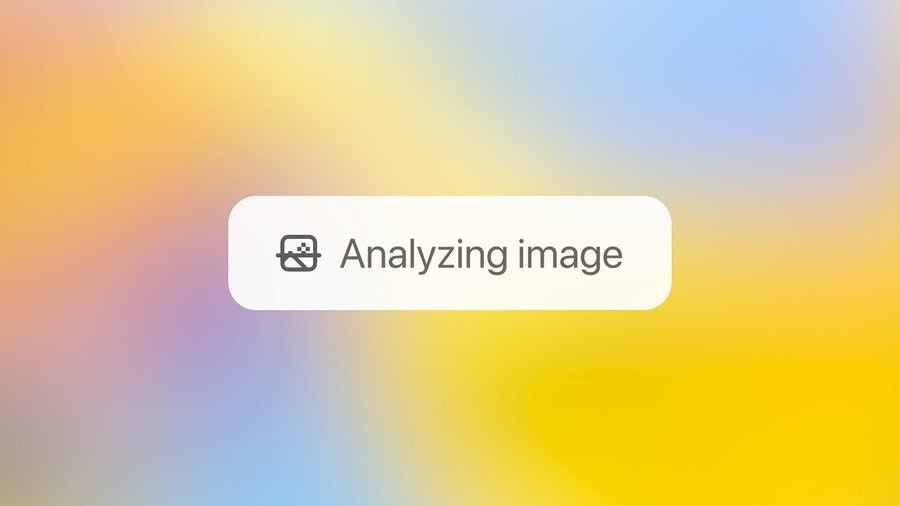Table of Contents
Overview
The world of AI is constantly evolving, and OpenAI is once again pushing the boundaries with its o3 and o4-mini models. These state-of-the-art multimodal AI powerhouses are designed to tackle complex reasoning tasks involving visual inputs and tool usage. Integrated seamlessly into ChatGPT and accessible via API, o3 and o4-mini promise a significant leap forward in agentic AI capabilities, allowing users to interact with AI in entirely new ways. Let’s dive into what makes these models so special.
Key Features
OpenAI’s o3 and o4-mini boast a range of impressive features:
- Multimodal Input Support (Text, Images, Code): These models can process and understand information from various sources, including text, images, and code, making them incredibly versatile.
- Advanced Reasoning with Visual Data: Go beyond simple image recognition. These models can reason about the content of images, understand relationships, and draw conclusions based on visual information.
- Integration with Tools like Search and DALL·E: Leverage the power of other OpenAI tools directly within your workflows. Seamlessly integrate search functionality or generate images using DALL·E based on your prompts and reasoning.
- API and ChatGPT Access: Whether you prefer a conversational interface or programmatic access, o3 and o4-mini offer both options, allowing you to integrate them into your existing systems or experiment through ChatGPT.
- Compact Yet Powerful Architecture (o4-mini): The o4-mini model offers a streamlined architecture without sacrificing performance, making it efficient and accessible for a wider range of applications.
How It Works
The magic behind o3 and o4-mini lies in their ability to process multimodal input. They take in text, images, and code, then leverage their internal reasoning capabilities to understand the context and identify the best course of action. This often involves invoking integrated tools to perform specific tasks. The models operate agentically, meaning they can decide which tools to use and how to use them to solve problems or generate creative content. All of this is supported by OpenAI’s robust infrastructure, ensuring reliable and scalable performance.
Use Cases
The potential applications for o3 and o4-mini are vast and span across various industries:
- Visual Data Analysis and Interpretation: Analyze complex images, identify patterns, and extract meaningful insights from visual data.
- Code Generation and Debugging: Generate code snippets, identify errors, and improve code quality with the help of AI-powered assistance.
- Image-Based Reasoning in Education or Research: Enhance learning experiences by using images to illustrate concepts, solve problems, and conduct research in fields like art history or medical imaging.
- Tool-Augmented Problem-Solving for Professionals: Empower professionals in various fields to solve complex problems by leveraging AI to access information, generate solutions, and automate tasks.
Pros & Cons
Like any technology, o3 and o4-mini have their strengths and weaknesses. Let’s break them down:
Advantages
- Cutting-Edge AI Performance: Experience the power of state-of-the-art AI models that deliver exceptional results.
- Supports Various Media Inputs: Work with a wide range of data types, including text, images, and code, for maximum flexibility.
- Available Across OpenAI Platforms: Access these models through both the API and ChatGPT, offering flexibility in how you interact with them.
- Enables Complex Workflows: Design and execute complex workflows that involve reasoning, tool usage, and multimodal input.
Disadvantages
- Requires Subscription for Full Features: Access to the full capabilities of o3 and o4-mini requires a paid subscription.
- o3/o4-mini Specifics Less Transparent: Detailed information about the specific architectures and training data of these models is limited.
- Limited to OpenAI Ecosystem: Integration is primarily within the OpenAI ecosystem, which may limit interoperability with other platforms.
How Does It Compare?
When considering multimodal AI models, it’s important to look at the competition. Anthropic’s Claude excels in text reasoning but lacks robust visual support. Gemini by Google is also a strong contender in the multimodal space, but its API maturity lags behind OpenAI’s offerings. OpenAI’s established ecosystem and seamless integration give it a competitive edge.
Final Thoughts
OpenAI’s o3 and o4-mini represent a significant step forward in the evolution of AI. Their ability to process multimodal input, reason about visual data, and integrate with tools opens up a world of possibilities for developers, researchers, and professionals alike. While some limitations exist, the potential benefits of these models are undeniable, making them a valuable addition to the AI landscape.
https://openai.com/index/introducing-o3-and-o4-mini/